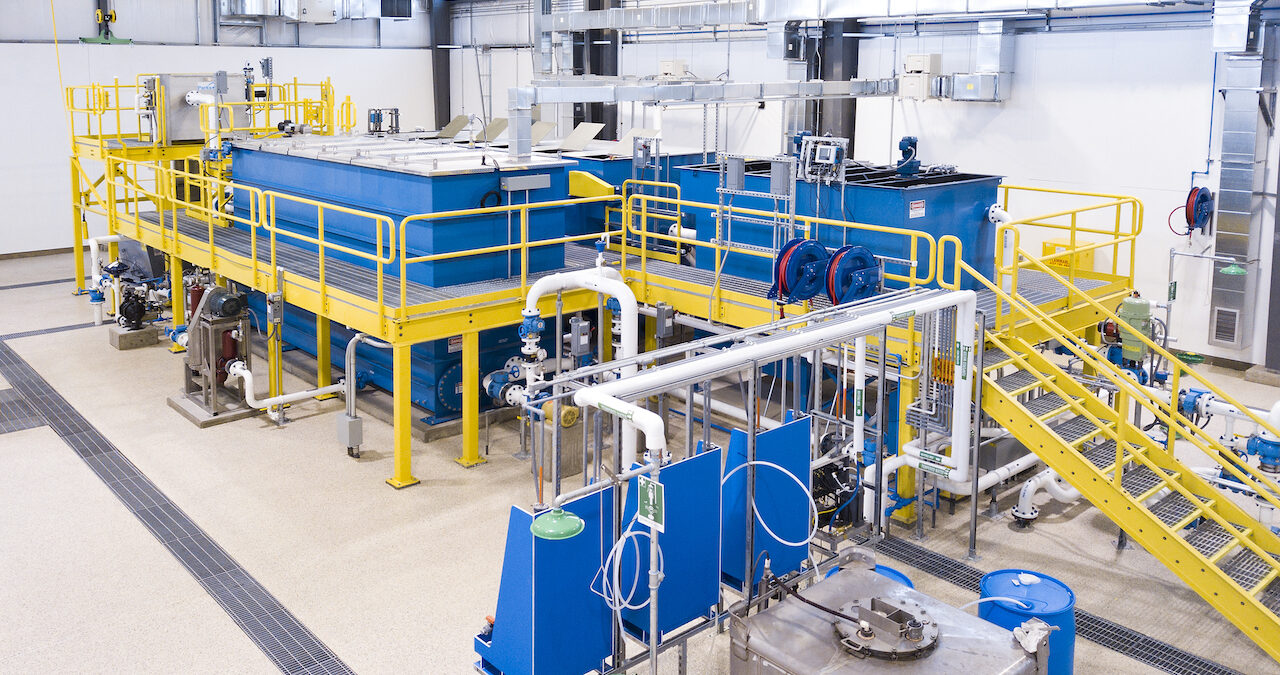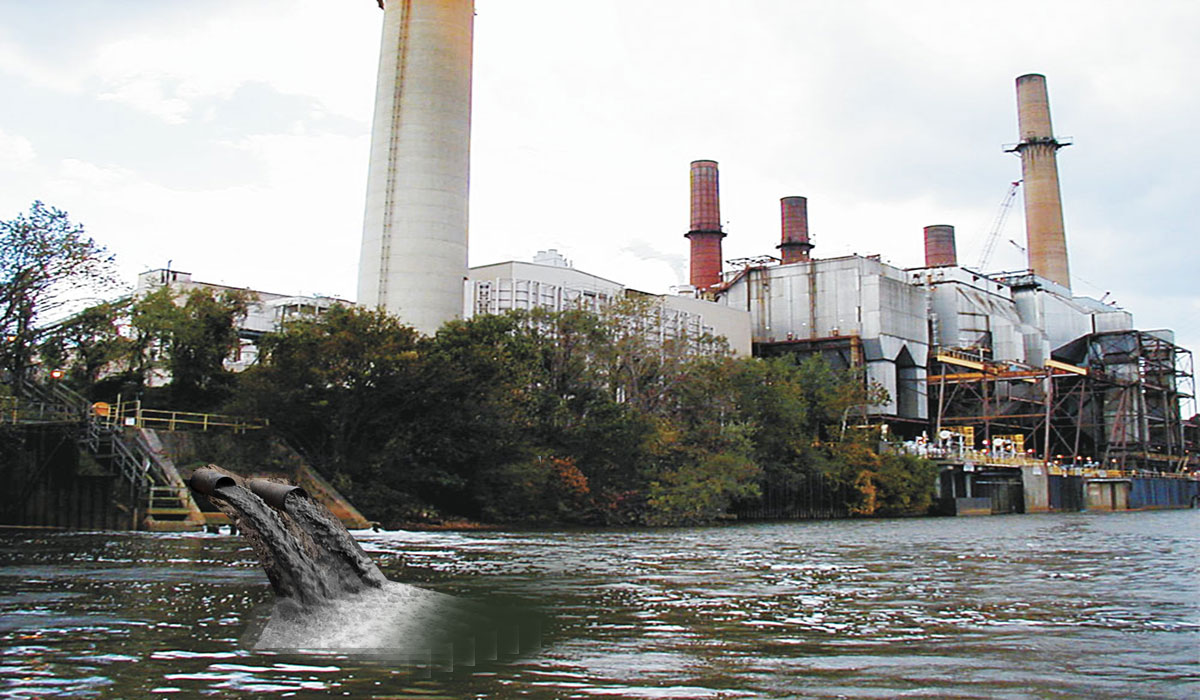Trick Techniques in Hazardous Waste Water Therapy Processes
The therapy of commercial wastewater is an essential facet of ecological monitoring, including a variety of techniques designed to alleviate the impact of impurities. From the fundamental physical techniques that separate solids to the innovative chemical and organic processes that target specific contaminants, each strategy plays an essential duty in attaining water top quality requirements. Additionally, advancements in technologies such as membrane layer filtration and progressed oxidation processes supply cutting-edge solutions for boosting treatment efficacy. Recognizing exactly how these methods interconnect and their effects for sustainability increases essential questions concerning the future of wastewater monitoring in industry.
Physical Therapy Methods
How effectively can physical treatment methods attend to the complexities of commercial wastewater? Physical therapy approaches play a critical function in the preliminary phases of wastewater administration, focusing primarily on the removal of solids and large particulates. Techniques such as purification, sedimentation, and flotation protection are crucial for minimizing the concentration of suspended solids, thereby enhancing the performance of succeeding treatment procedures.
Sedimentation involves the gravitational settling of solids, enabling for the separation of much heavier materials from the wastewater. This technique is particularly reliable in clarifying water prior to organic or chemical therapies.
Additionally, flotation approaches, which use air bubbles to lift put on hold solids to the surface for elimination, are effective in dealing with wastewater with high concentrations of fats, oils, and greases. On the whole, physical treatment approaches act as a critical very first step in the extensive monitoring of industrial wastewater, making sure that the load on subsequent therapy phases is reduced and boosting total treatment effectiveness.
Chemical Therapy Techniques
While physical therapy techniques prepared for reliable wastewater management, chemical therapy methods are important for resolving the a lot more complex impurities typically found in commercial effluents. These methods use various chemical representatives to speed up, reduce the effects of, or oxidize harmful compounds, ensuring a much more comprehensive elimination of pollutants.
One typical technique is coagulation and flocculation, where chemical coagulants such as aluminum sulfate or ferric chloride are contributed to advertise the aggregation of suspended fragments. This process improves solid-liquid splitting up, reducing turbidity and enhancing water top quality. Additionally, neutralization procedures are used to adjust the pH of wastewater, utilizing bases or acids to neutralize acidic or alkaline streams, respectively.
Oxidation-reduction responses play a crucial function in derogatory organic impurities and microorganisms. Chemical oxidants like ozone, chlorine, or hydrogen peroxide are used to damage down intricate natural compounds, making them much less unsafe or extra biodegradable. Progressed oxidation procedures (AOPs) incorporate numerous oxidation strategies to boost toxin elimination effectiveness.
Organic Therapy Procedures
The performance of wastewater therapy is dramatically boosted by organic therapy procedures, which harness the all-natural metabolic activities of bacteria to disintegrate raw material and eliminate contaminants. Industrial Waste Water Treatment. These processes mainly involve aerobic and anaerobic food digestion, each customized for details kinds of wastewater
Cardiovascular treatment processes utilize oxygen to sustain microbial development, promoting the break down of organic pollutants right into carbon dioxide and water. Common methods consist of triggered sludge systems, where oygenation tanks facilitate the blending of wastewater with bacteria, and dripping filters, which encourage biofilm growth on media surfaces.
Conversely, anaerobic therapy procedures occur in the lack of oxygen, using anaerobic bacteria to decay raw material, causing biogas production, a renewable power resource. Anaerobic digesters are commonly utilized in commercial settings for this objective, successfully decreasing the quantity of sludge while producing valuable biogas.
The option of a biological therapy method relies on wastewater qualities, therapy goals, and governing standards. The assimilation of biological procedures in wastewater treatment not just boosts contaminant elimination efficiency yet also advertises sustainability by minimizing chemical usage and sustaining resource healing.
Advanced Oxidation Processes

Common AOP strategies include Fenton's photocatalysis, reagent, and ozonation. Fenton's reagent, a combination of hydrogen peroxide and ferrous iron, militarizes the formation of hydroxyl radicals, making it reliable for treating wastewater having phenolic compounds and various other recalcitrant compounds. my website Ozonation utilizes ozone as a powerful oxidant, capable of weakening a variety of natural pollutants while concurrently disinfecting the effluent. Photocatalysis utilizes light-activated stimulants, such as titanium dioxide, to enhance oxidation responses and eliminate pollutants.
AOPs offer several advantages, consisting of lowered sludge production and the ability to treat wastewater with high concentrations of organic contaminants. The execution of AOPs needs mindful consideration of functional criteria and cost-effectiveness, making certain that these sophisticated strategies are suitably incorporated right into existing wastewater therapy systems.
Membrane Layer Purification Technologies

Microfiltration webpage is reliable for getting rid of suspended germs and solids, while ultrafiltration targets smaller sized natural particles and infections. Nanofiltration bridges the gap between ultrafiltration and reverse osmosis, efficiently eliminating divalent ions and natural substances. Reverse osmosis provides the highest level of purification, used mainly for desalination and eliminating mono-valent ions.
Membrane innovations use many benefits, consisting of reduced energy usage compared to conventional treatment techniques, modular style for scalability, and the capacity for water healing and reuse. Nevertheless, difficulties such as membrane fouling and the need for regular upkeep have to be resolved to make certain system efficiency. Overall, membrane layer purification modern technologies represent an try this important component of contemporary commercial wastewater treatment strategies, advertising sustainability and source conservation in water management.
Verdict
To conclude, industrial wastewater treatment uses a diverse array of strategies, including physical, chemical, biological, and advanced methods. Each approach plays an essential duty in successfully dealing with different contaminants, improving water high quality, and promoting source sustainability. The combination of these techniques cultivates an extensive treatment strategy, making certain that industrial effluents meet regulative standards while decreasing environmental influence. Continued innovations in these approaches will certainly even more boost the effectiveness and performance of wastewater treatment procedures in commercial settings.
The treatment of industrial wastewater is a critical aspect of ecological monitoring, involving a range of methods made to mitigate the impact of pollutants.Just how properly can physical treatment methods deal with the intricacies of commercial wastewater?Advanced oxidation procedures (AOPs) stand for a cutting-edge method in industrial wastewater treatment, developed to successfully weaken natural toxins that are often resistant to conventional treatment methods (Industrial Waste Water Treatment).In conclusion, industrial wastewater treatment employs a diverse array of techniques, including physical, chemical, organic, and advanced techniques. Continued advancements in these methodologies will certainly better boost the effectiveness and effectiveness of wastewater therapy procedures in industrial settings